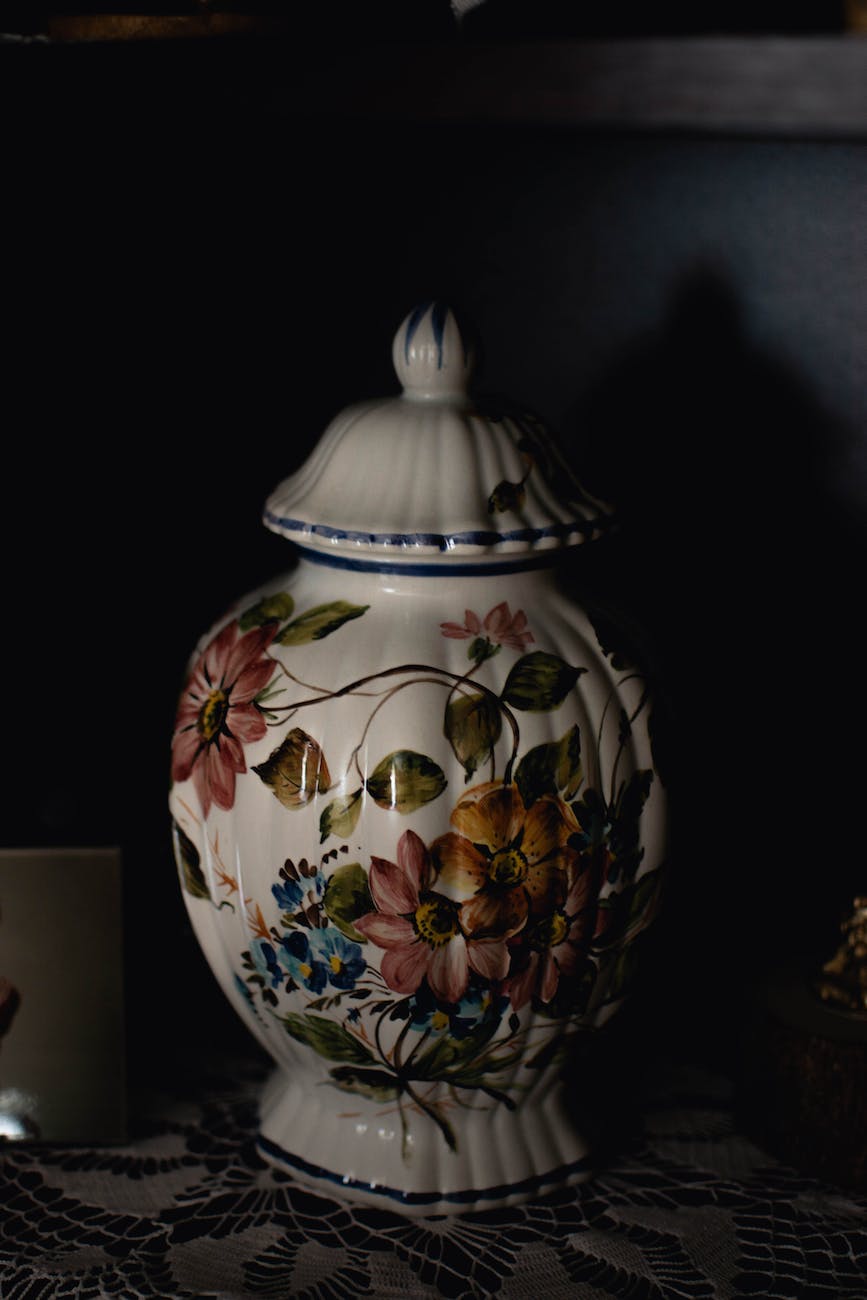Exploring the Captivating World of Pottery and Ceramic Arts
Across cultures and eras spanning thousands of years, humble clay has been shaped into stunning functional and decorative works. The category of ceramics encompasses a diverse array ranging from basic earthenware pots to ornate porcelain wares to avant-garde sculptural compositions. Gaining exposure to this creative realm reveals clay’s remarkable versatility as a medium.
Ancient Origins
The earliest known pottery vessels date back 20,000 years to ancient China and the Russian Far East. These were hand-formed and low-fired. As civilizations developed worldwide, pottery advanced to include refined glazing, throwing, and decorating techniques adapted to local needs and aesthetics.
Master potters arose in certain regions praised for innovations like ultra-thin Chinese porcelain or lustrous Iranian glazes. Through trade and cultural diffusion, pottery types spread and evolved across the ancient world.
Fundamental Production Techniques
Most pottery starts as wet clay molded through major techniques like wheel throwing, handbuilding, slipcasting from molds, or combinations thereof. Pieces get dried, then typically fired at high temperatures to permanently harden and set glazes. Additional steps can include surface decoration, painting, carving, polishing, and assembled construction.
Both artificial and natural clays provide variety in color, plasticity, hardness, shrinkage, and working properties. Ceramic artistry arises from fluency with different clays and masterful technique execution.
Categories of Pottery Types
Diverse ceramic wares get classified by clay body, manufacturing method, firing process, and purpose. Major groupings include earthenware, stoneware, porcelain, bone china, and terracotta. Certain genres like maiolica and delftware also denote specific regional traditions. Contemporary ceramics freely blend across boundaries.
From tableware to tile, laboratory wares to architectural cladding, pottery serves endless applications meeting both decorative and pragmatic needs since antiquity while also providing artists an expressive sculptural material.
Movements and Stylistic Lineages
Styles evolved significantly between eras and regions in response to vogue aesthetics. Traditions like Ming dynasty blue and white porcelain differ radically from Art Nouveau majolica yet share technical foundations. Movements like Mingei’s serene folk pottery or the organic abstraction of Japanese Sodeisha ceramics reveal scope.
Understanding stylistic lineages allows contemporary potters to innovate meaningfully within or in departure from tradition through context. Originality benefits from studying history.
Pottery as Fine Art
Beyond vessels and servingware, pottery constitutes a recognized global fine art medium. Many museums showcase remarkable ceramic sculpture, installations, and multimedia works alongside prestigious historic ware. Contemporary designers like Hella Jongerius elevate humble pots into coveted works by blending exquisite craftsmanship, concept, and form.
With today’s cross-pollination between design, technology, and conceptual art, ceramics continues progressing creatively in the hands of pioneering artisans worldwide. The plasticity of humble clay remains endlessly inspiring.
